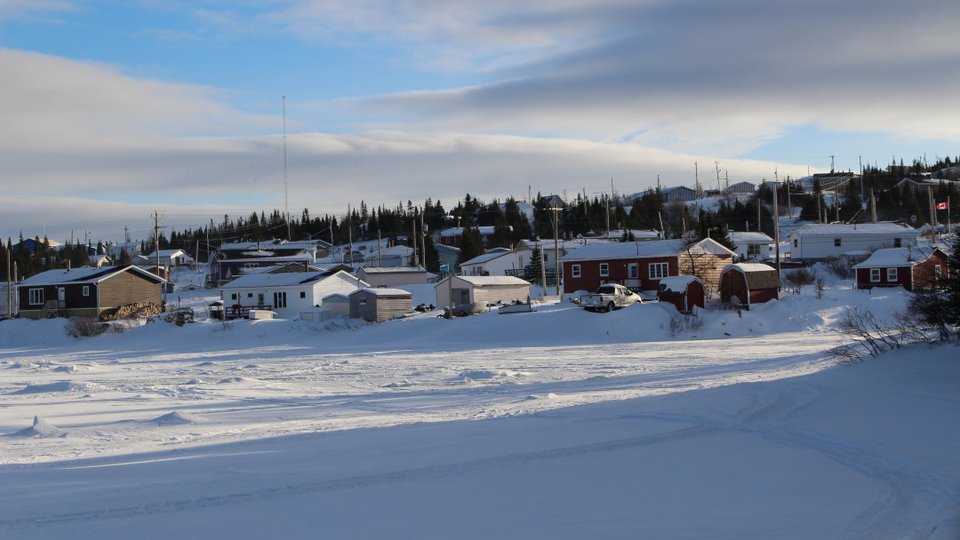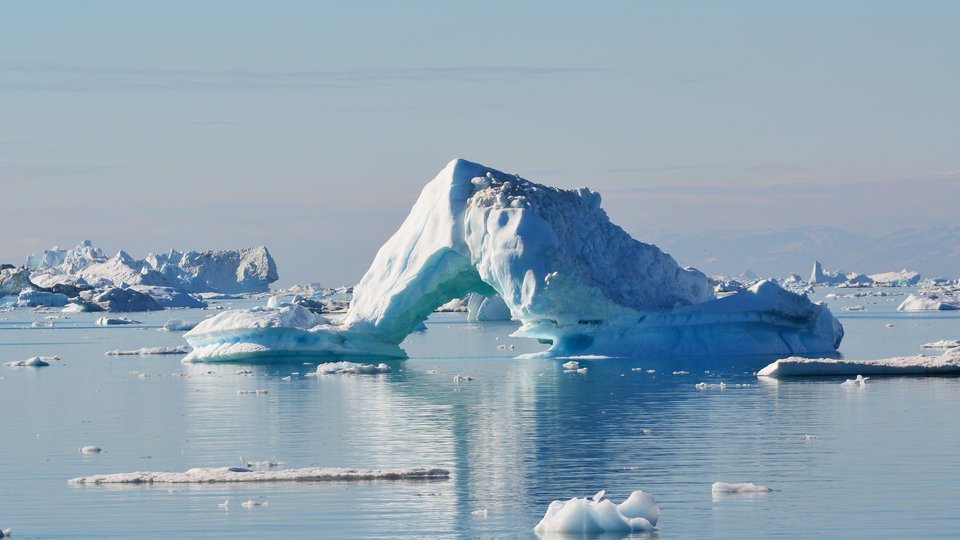
A newly discovered sub-population of polar bears in south-eastern Greenland have adapted to survive in an environment with very little sea ice, a recently published study found.
Polar bears (Ursus maritimus) are the largest member of the bear family; males can weigh up to 600 Kg and stand up 3 m tall on their hindlegs, with specimens up to 1000 kgs and nearly 4 m tall recorded.
Unlike their omnivorous southern cousins, grizzly bears (Ursus arctos horribilis)--to which polar bears are closely enough related to interbreed with--polar bears are hypercarnivores which feed primarily on fat-rich marine mammals, particularly ringed seals (Pusa hispida). In most populations, polar bears need access to many months of sea ice, which they use to stalk seal who have surfaced to breath or rest.
As the climate continues to rise, however, sea ice is receding, along with the amount of time it’s accessible to the bears as a hunting ground-–some researchers fear we could see ice-free summers in the Arctic as early as 2035-–making polar bears especially vulnerable to the impacts of global warming. One 2020 study posits that, if current rates of carbon emissions and warming hold, polar bears will reach “reproductive failure” (be unable to maintain and replace populations through normal reproduction) by 2040 and that all but a “a few high Arctic sub-populations” will be in danger of extirpation by 2100.
“Greenland is an island of great glacial ice and so polar bears around Greenland have access to something most (other) polar bears don’t and that’s definitely worth considering when we’re thinking about the future of the species."
Kristen Laidre
The sub-population of Greenland polar bears, however, have access to sea ice only about 100 days a year in the winter and spring, says Kristen Laidre, associate professor at the University of Washington and lead authour of the paper.
“These bears hunt on sea ice like any other polar bear,” says Laidre. “But a hundred days of sea ice isn’t enough for a polar bear to really make a living. It’s way less than what we think is necessary for a polar bear to sustain itself hunting on an ice platform.”
To compensate for this, the bears exploit a special feature of their unique environment–-the Greenland ice sheet, from which freshwater icebergs slough off among the fjords, forming an extensive patchwork of freshwater ice.
“You get this habitat called a ‘glacial melange’…(it’s) freshwater ice floating at the surface, and the bears can walk around on that they can hunt seals on that just the way they hunt seals on sea ice,” Laidre explains.
“The glacial melange can kind of congeal into a landscape you could walk over, just like regular ice. It can also be more dispersed and be more floating pieces of ice–the freshwater ice itself can be anything from huge icebergs to small ‘burgie’ bits that require bears to do some swimming between them, but often it's actually kind of consolidated–it may not be a totally hard surface, but bears can hop and move between (pieces) or walk across it,” she says.
“They can basically use this as a platform for hunting and that supplements the low period of sea ice they have.”

In most populations, polar bears need access to many months of sea ice, which they use to stalk seal who have surfaced to breath or rest. (Photo: Adobe Stock)
Very little is known about this specific sub-population, she notes; they’re brand new, in terms of study, which is noteworthy all by itself. There are 19 other known subpopulations of polar bears and this one marks the 20th. Coming across them “came about as a very unexpected finding” in a decade-long study of the polar bears along the entire length of Greenland’s eastern coast, nearly 3,000 km Arctic habitat.
“We basically uncovered a previously undiscovered and very highly isolated subpopulation of polar bears–that’s the core of the paper.”
Physically, this polar bear population looks just like any other population, says Laidre, although they were found to be a little “on the small side.
“In general, their morphology isn't any different,” Laidre says. “You wouldn't look at them and think ‘they're special.’.
This subpopulation is also more spread out than others, with a lower population density than is common in other areas–although the occasional individual newcomer has migrated into the territory and been able to adapt to the unique environment the native population makes use of (at least long enough to pass on their genes)--they’re exceptionally genetically isolated. There’s also some data which suggests they have lower than average birth rates, although why this is isn’t yet understood.
“We need to do more work on that to really understand what (these low birthrates) mean,” she says. “We hypothesize these bears live in a series of long, narrow fjords separated by very tall mountains, and individuals will often spend years in the same single fjord… they're not moving very extensively.
“It's possible that when females come into estrus because they're in such a fragmented habitat, they're not detected all the time by males who also are living in that fragmented habitat, but… that’s just a hypothesis.”
While these findings are interesting, Laidre says it’s important not to leap to conclusions about what this population of polar bears means for the species as a whole – a story in Nature for example, which has since been corrected, inaccurately stated the population could survive entirely without sea ice, and other publications have used the study to posit what a warming world means more broadly for polar bears.

Polar bears are hypercarnivores which feed primarily on fat-rich marine mammals, particularly ringed seals (Pusa hispida). (Photo: Adobe Stock)
Although she understands the need for something “hopeful,” extrapolating from the study in this way is a tricky thing to do, says Laidre. For one thing, while the bears in this population are eating the same kinds of prey and likely using the same hunting tactics as other populations, the Greenland ice sheet and the fresh water ice it creates are unique (as the name suggests) to the space the bears occupy–not all polar bear habitats have the capacity to create a glacial melange like the one this population uses. Greenland gets “a massive amount of precipitation… like a crazy amount of snow,” she says, which feeds the glacial ice. Although this may mean south eastern Greenland may maintain its glaciers longer than other parts of the world, that doesn’t mean those conditions can be–or will be–replicated elsewhere.
This also isn’t the first time polar bears have been found to use glacial ice in this way–where it is available, bears have been documented using it. What’s unique about the newly discovered sub-population is the extent to which they use it, as a glacial melange has never been seen to be “a habitat keeping a whole sub-population alive,” before, says Laidre.
“It’s a discovery in the sense that this freshwater ice can support a population where there wouldn’t be a population (of polar bears) if there wasn’t freshwater ice” Laidre says.
“What we have presented and discovered in south-eastern Greenland doesn’t change the projections for polar bears around the Arctic, because glacial ice is fairly uncommon,” she says.“Greenland is an island of great glacial ice and so polar bears around Greenland have access to something most (other) polar bears don’t and that’s definitely worth considering when we’re thinking about the future of the species."
“But in most of Northern Canada, all of Russia and Alaska, those bears have sea ice or they have nothing, and so the projections that have been made for what's going to happen to Arctic sea ice under current warming scenarios, and what that means for polar bears hold true.”





